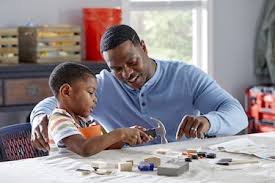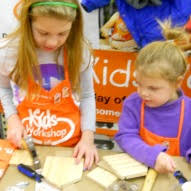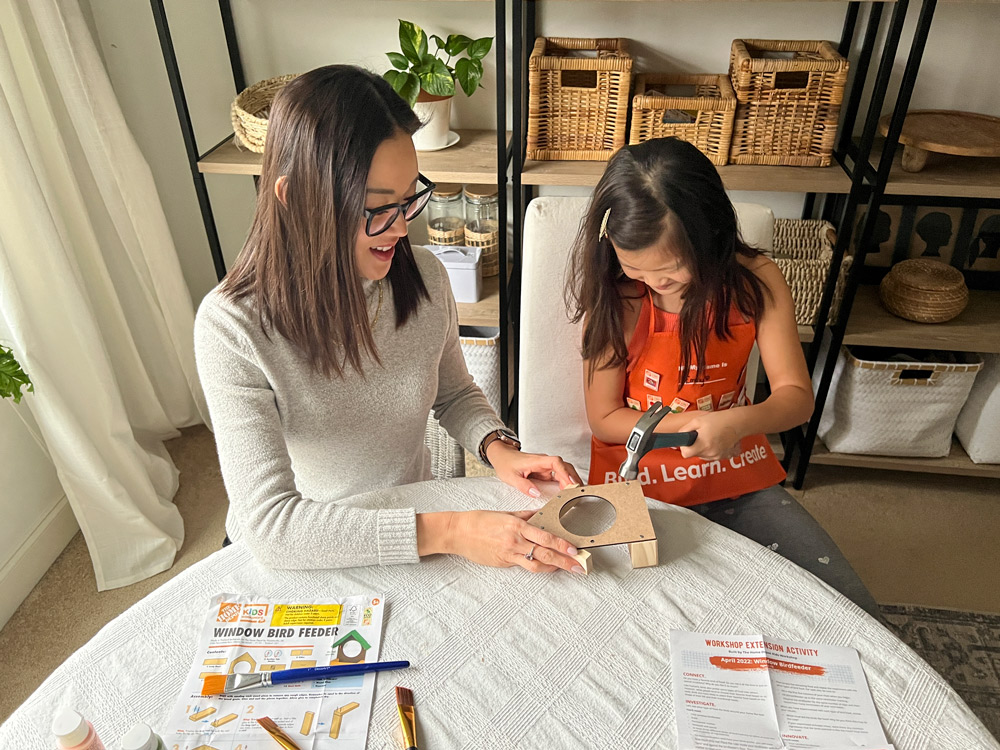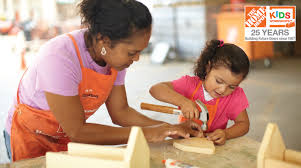Gatherings Activities List D-H
As you read through our suggestions and you think of additional activities that would better serve your community, please let us know because your idea will help other branches too.
- Doing Nothing
- Earth Day
- Farming and Agriculture
- Farms and Orchards
- Apple Picking
- Farmer’s Markets
- Government and Politics
- Historic Local Buildings and Sites
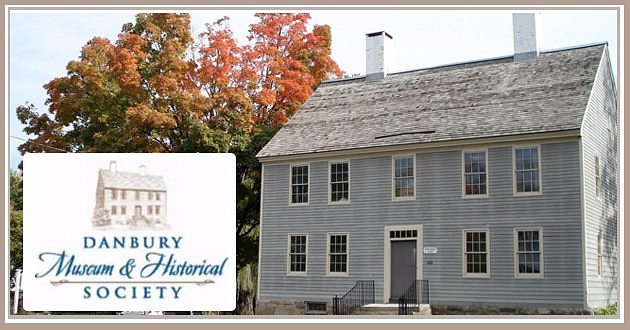
Doing Nothing and the Art of Doing Nothing
Doing Nothing: The world can be a daunting and downright scary place. The “news” is all about terrible events, school is work and parents can be a little pushy. Movies are thrillers, make believe (superheroes and super villains) and horror stories. Where do children go to relax? On-line games are challenging and “exhausting”. Social media is full of sad and bad news. So, maybe doing nothing is doing something?
Perhaps if we asked some teenagers what they like to do they would say “NOTHING”. They might enjoy a time of just being, just relaxing, just thinking, just talking about nothing with their friends – and getting a mental “time out”. So, ask them and if they say nothing, discuss where they would like to do NOTHING. A park, someone’s backyard or just walking down Main Street – doing nothing, just thinking and a little talking.
The art of doing nothing is not just sitting and staring into the abyss, it’s an art form. How to rest, relax and just be one with nature are examples of “Doing Nothing”; and it’s not so easy. It can take practice, persistence, and concentration. Just being without letting outside distractions disrupt the “Nothing” takes mental strength. Stress reducers such as deep breathing, “thinking” your body into relaxation and communing with nature are examples of “Doing Nothing”.

What does doing nothing look like? Here are what some people are doing about Doing Nothing.




Ideas for Thinking before Talking:
- Think of a few subjects the students could think about; before they talk about it. Ask them for ideas, what do they think about?
- After the Doing Nothing, talk about the experience and lead into the conversation, paying attention to what they are saying and maybe don’t say anything – just listen and learn about their thoughts.
- Praise the “nothing”, tell them the benefit so Nothing and how this is almost Zen-Like.
- Even when the students laugh at Doing Nothing, tell them to try it. It’s harder than it looks.
- Don’t force the issue, maybe it’s not the right time.
In Praise of “Doing Nothing” https://intheknow.insead.edu/article/benefits-doing-nothing
Doing nothing could be the key to a healthy and happy life. “More and more of us find ourselves unable to juggle overwhelming demands and maintain a seemingly unsustainable pace. Paradoxically, the best way to get more done may be to spend more time doing less,” reports the New York Times. “A new and growing body of multidisciplinary research shows that strategic renewal — including daytime workouts, short afternoon naps, longer sleep hours, more time away from the office and longer, more frequent vacations — boosts productivity, job performance and, of course, health.”
Doing Nothing Is Doing Something in Psychology Today https://www.psychologytoday.com/us/blog/striving-thriving/202209/doing-nothing-is-doing-something: Sometimes we think that to live a productive life we must take action. Posted September 13, 2022
My son has a Zen calligraphy over his bed that says, “Doing Nothing Is Something.” He’s a middle schooler who sleeps a lot, fantasizes about baseball, and chats for hours about “nothing” with friends. As his mother, I have to sit on my hands not to tell him to clean his room, get going on his homework, and just, Do something! But, as a psychologist, I know that all of this nothing is doing something good for his brain and his mental health.
Earth Day (April 22nd):

Blain, MN
What ways can you think of to celebrate Earth Day in your community? Sometimes it just takes a little imagination to add to an important day.

From Earth Day in Wikipedia
Earth Day is about raising awareness about the importance of protecting our planet and taking action. The first Earth Day was celebrated in 1970, and came about after a U.S. Senator from Wisconsin, Gaylord Nelson, saw the devastating impact of a massive oil spill in Santa Barbara, California. Not willing to sit on the sidelines anymore, Senator Nelson organized a national “teach in” to educate and inspire people to protect the environment.
- One way to enjoy the day is to take nature walks, see the beauty in nature and have students write about what they saw. Many schools already are having students become involved, and this is a wonderful opportunity for Students of Diversity to work together in a common goal – making the planet a better place.
- Picking up trash in a local park, or on the school grounds is another way to better the planet. Discuss why recycling is important, collect facts the teachers can share with their students.
- Tree and bush planting are already part of Earth Day and are an excellent way to have students participate. Contact local nurseries to see if they would be interested in supplying the plants and some equipment. If there is a Community Garden, they would love to help.
- Younger Children can make artistic drawings to celebrate the day.
- An expert in environmental protection would like to speak to a group of interested students after school hours.
- Visit a nearby Botanical Garden or Nursery and find out about having one of their experts offer a short discussion about conservation.
Farm and Agriculture:
Educating students (and parents) about where their food comes from can take many forms – from school and community gardens to farm-to-market programs. Speaking to local restaurant owners where their food comes from can offer team members a connection to the farmers who might be interested in hosting a student visit. Students will enjoy seeing how our food supply is raised and will take more interest in “eating healthy foods”. Farmers will enjoy sharing their knowledge with their next generation of customers. This could be another memorable outing for the parents too.

Are You Lookin at ME!

From a farm that could be in your neighborhood: On Monday at 11.30am we are having another Pick your own organic eggs, and meet the chickens day on the farm. This is a great opportunity for you to visit our local family run farm, and buy Organic free range eggs at their freshest.
Ask the Farmer: Encourage the students to ask questions, you might have to ask the first question or two to get things started. Farmers love to talk to people about the importance of farming and what farming life is like.


Pick Your Own at Farms and Orchards
What a fantastic way for children (and families) to spend time together, picking fresh fruit or vegetables on a warm sunny day. Every community has some nearby place to go. Blueberries and strawberries in the Spring, Corn in summer and pumpkins in the fall. Make arrangements in advance because there might be discounts available, or special tours the farms offer. You might find so many parents want to go, it may require several visits.
Sometimes cost is a consideration when picking fresh fruit. A great way to “share” the cost of berries is to form a group of five or six children and one adult. Some farms by the pound, and the more you buy the less it is per pound. Combining the picking into one large basket will keep the price down. Some farms charge a flat fee for a large basket (all you can fit) like the one below is $30.00. That basket can hold over twelve pounds of blueberries or strawberries. If everyone works together and takes 1.5 pounds, it will cost less than $5.00 per person. And of course, before you go, contact the farm and find out if they have any group discounts and always ask if they offer discounts for charitable organizations.

Eating blue berries right from the vine as you pick them is the most yummy, but just for a small taste! Berries are full of antioxidants that help protect your skin from summer sun damage.

Being outdoors, picking fresh blueberries with friends is one of the great pleasures of summer. This is at Jones Family Farms in Shelton, Ct.
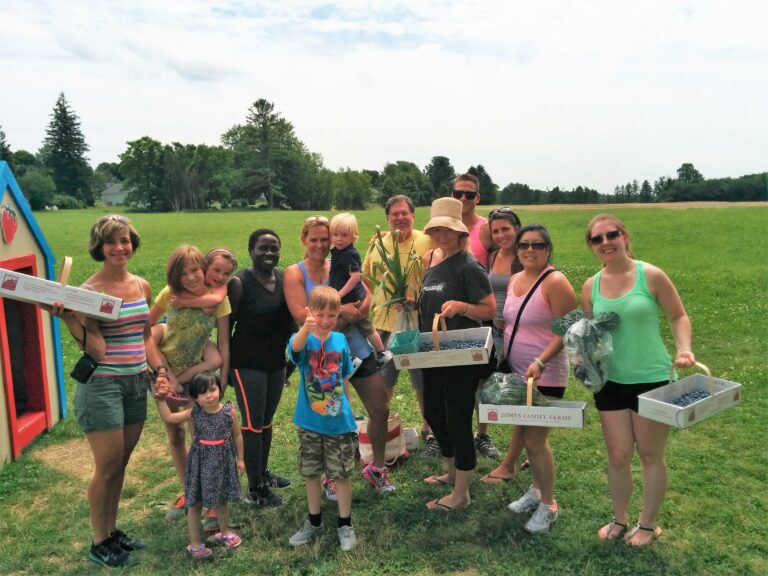
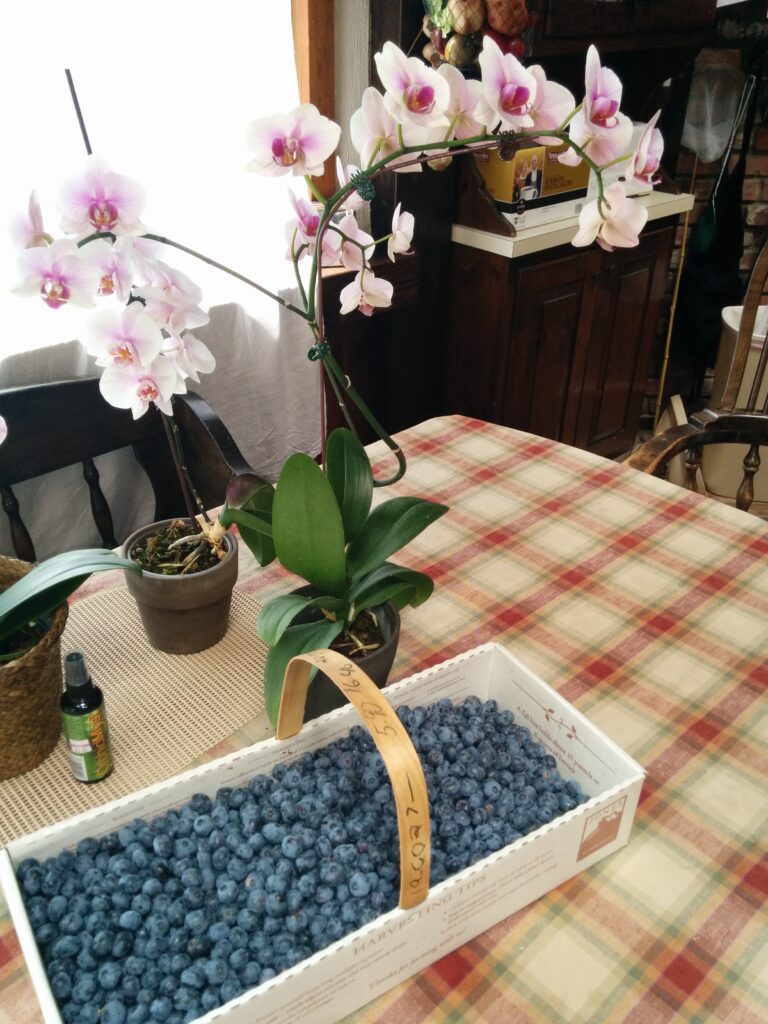
Ten pounds of fresh picked blueberries – the kids can’t eat them fast enough. The berries last only one day, but the memories last a lifetime.
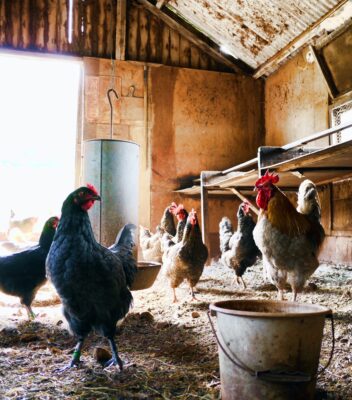

This ad was from a farm that could be in your neighborhood: “On Monday at 11.30am we are having another Pick your own organic eggs, and meet the chickens day on the farm. This is a great opportunity for you to visit our local family run farm, and buy Organic free range eggs at their freshest”.
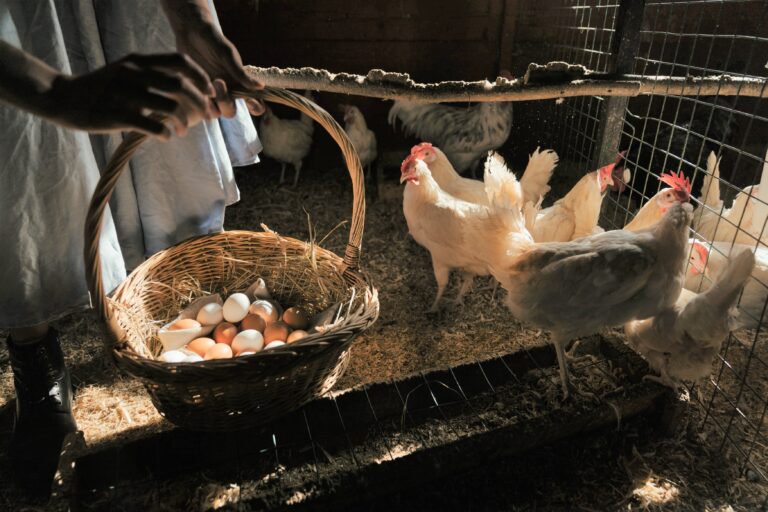
Apple Picking in the Fall

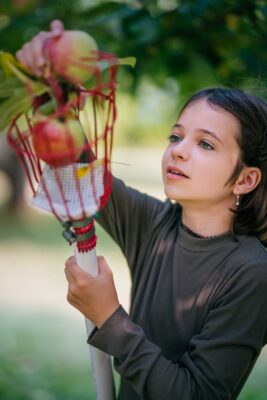
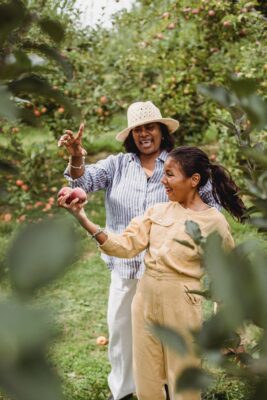
Some Orchards You Might Like to Visit

Established in 1809, Rogers Orchards represents eight generations of family fruit growing in Southington, CT. A bicentennial farm, Rogers Orchards is a Connecticut landmark and a proud testament to Connecticut’s farming heritage.
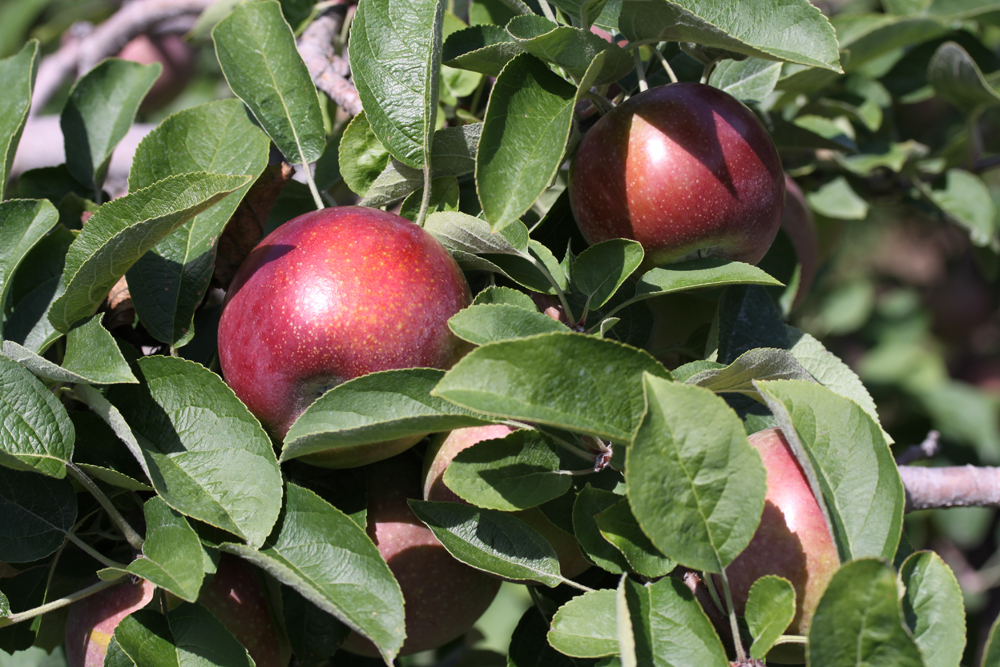
A visit to a pick-your-own farm is a fun, family-friendly thing to do in Louisiana. From: https://www.louisianatravel.com/
Teach your kids about where their food really comes from, and savor the flavors of berries fresh off the vine.
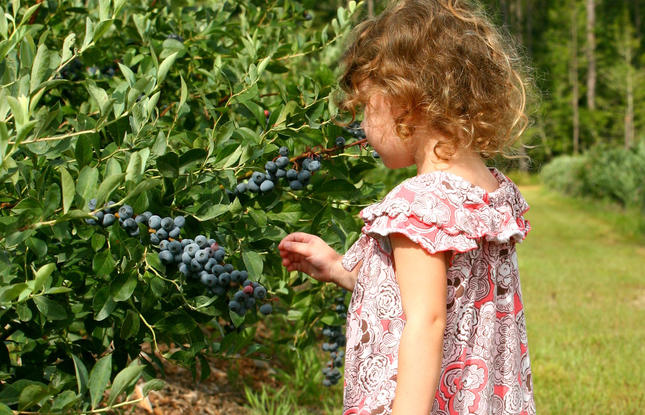
In Louisiana there are so many farms to pick from, take a look in your area and I’m sure you will be rewarded.
Blue Jay Orchards, located at 125 Plumtrees Road in Bethel, CT, as it appears today. The familiar orchards were originated by Robert S. Josephy in 1935. Blue Jay Orchards is a 122+ acre orchard with over 8,000 producing trees, and 20+ apple varieties. Blue Jay Orchards farm is nestled just in Northern Fairfield county. In the quaint town of Bethel, CT.

Kansas U-Pick Farms https://www.pickyourown.org/KS.htm
Orange Pippin: South Carolina; All about apples, pears, plums, and cherries – and orchards where they are grown. https://www.orangepippin.com/orchards/united-states/south-carolina

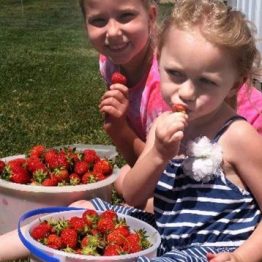
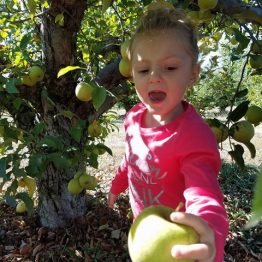
Farmer's Markets
Did you know there is a U.S. National Farmers Market Week, celebrated every first week in August every year? It is the time of year where local farmers are provided with an extra opportunity to market the goods they grow.
Farmers Markets are very popular (last count there are over 7,000) because they offer farm-to-table quality food, at reasonable prices. Farmers enjoy meeting their customers and sharing their knowledge about what they grow. When people meet the people who supply their food it adds to the interest and understanding of what goes into farming, and they hear about the benefit of supporting local farms. It’s an opportunity for students to meet the people who supply their food and learn about why they became farmers and ask questions about farming. Knowing more about where their food comes from, and that each farmer takes such care increases the understanding of the importance of healthy eating. Team Leaders with good knowledge of how to shop for produce can lead a group of 10-12 students, explaining what good quality is and why. It’s a great activity, and a bonding is created between students when they share a learning experience. will bring them some of the farms in the area might also attend these markets, which is a nice tie-in for the students as well as the farmers. If you make a connection the next Gathering might be at the farm, with the chance to have them give a tour of their products.
These are some of the benefits of Farmer’s Markets that you can discuss with your students:
- Fresh produce, seasonal fruits and vegetables. You can talk to the farmers and find out how they grow their produce. It makes buying food more interesting to the students and they learn how to tell which product is the freshest.
- Because most food is shipped far distances to your local supermarket, sometimes from overseas, the ecological footprint is significant. Buying locally produced food reduces the carbon “cost” of shipping.
- Support local economies, farms create jobs and add value to each community they serve.
- Organic food is better for you and 75% of farmers say they follow organic farming standards.
- Support sustainability. Most small farmers are very conscious of the value of maintaining the quality of their land because they are reliant on it’s ability to produce good quality food.

Farmers work very hard and love hearing what you think about the food they offer. You will brighten their day with your acknowledgement and appreciation.



Government and Politics
We are not suggesting that students should participate in a political campaign or fund-raising event for a specific political party or politician. We don’t want to get political, hold debates or take sides. Team Leaders need to keep this in mind, but it can be very helpful to future voters to learn about our system of government from the people who work there. There are local government committee meetings that are open to the public, and if you call a politician, they might be happy to talk with the students about specific duties and responsibilities. Make sure to tell them this is not a “campaign” speech, but an educational presentation – with no bias. If need be, specify boundaries, what should not be discussed.
Before the Gathering, talk to some of the students and ask them what they would like to learn about. Start them thinking about what a great opportunity this will be to delve into the back room of our political system.
Attend a local governments meeting: Has your student ever wondered how our government operates? How are decisions made or how things get done? How many adults wonder the same thing? Now is a good time to start. Coordinate ith the school administrators and teachers so that, if they want, while learning about our government in class, students can see firsthand what happens. Some examples of departments that might be of interest to students:
- Department of Agriculture
- Department of Children and Families
- Department of Emergency Services and Public Protection
- School Building Projects Advisory Board
- Planning Commission
- Commission for Persons with Disabilities
- Cultural Arts Commission
- Environmental Impact Commission
Visit Your Local Politician

I’m not sure this guy would be available, he seems very busy these days, but you never know.

The Governors Office in Oregon, give his office a call and they might be very happy to have you visit and meet with someone, but probably not the Governor.
Political Office Visits: Meet the Mayor, Governor, City Parks Commissioner, and other officials. The consensus is that politicians are not very honest and quite greedy. Perhaps meeting such a person will change their misconception. In truth, most people enter politics to improve their community and country, and this is an opportunity for them to show their commitment to future voters. Students may become interested in joining an organization or working to assist people that find it hard to get out and vote. Politicians are typically good speakers and offer a great opportunity to educate students about what they are working for, and how they get things done. Make sure the visit does not become a political “commentary” opportunity for some adults, who might not be able to contain themselves. Remember this is for the students to learn and observe, not to push one political view over another.
Visit Alabama State Government

There are websites for everything these days, to find your governors contact information use: https://www.usa.gov/state-governor

Before you visit the Governor’s office (pictured on the left), learn about them because it will make the visit more meaningful. Alabama Governor Kay Ivey, grew up in the small town of Camden in Wilcox County, Alabama, and working on her father’s farm taught Kay Ivey to value hard work and living within one’s means. Her parents instilled values of faith, family and community.
Tour State and Local Government Buildings
This is where the action is. When students see the place of work, government takes on a whole new reality. What a great way to experience the workings of government. We spoke about visiting local politicians and why that is important, but to further impress students about the “power” of government, visit one or these buildings. It may require a short trip, but seeing these large structures will make a lasting impression. If you call ahead, you might be able to see a session or committee in action, or meet one or two members of the state government. Guided tours are usually available, sometimes for little or no cost and a picture is worth a thousand words.

The Colorado State Capitol Building was constructed in the 1890s and opened in November 1894. It is home of the Colorado General Assembly, and the offices of the Governor, Lieutenant Governor, and Treasurer.
https://capitol.colorado.gov/

Texas State Capital Building, opened in 1888, is widely recognized as one of the nation’s most distinguished state capitols. It was placed on the National Register of Historic Places in 1970 and designated a National Historic Landmark in 1986.
https://tspb.texas.gov/plan/tours/tours.html
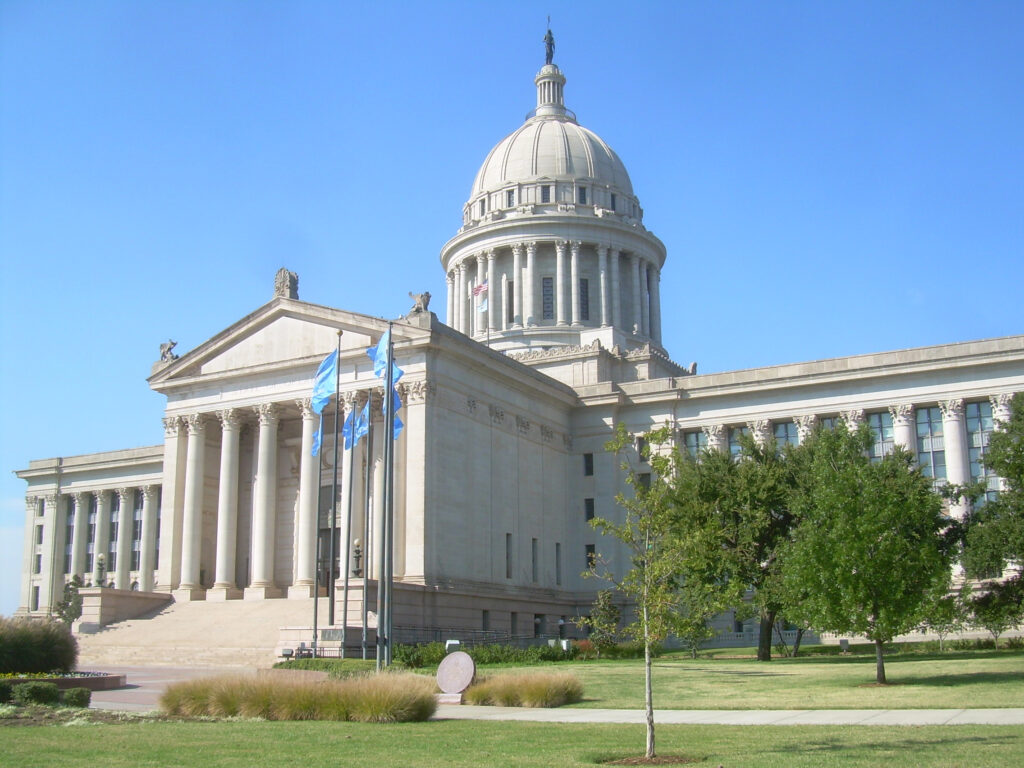
The Oklahoma State Capital Building was opened in 1917 and houses the state legislature and executive offices. You can see several oil wells when looking our the windows.
https://www.okhouse.gov/information/capitoltours.aspx#:~:text=Located%20on%20more%20than%20100,surrounded%20by%20working%20oil%20wells.
Historic Local Buildings and Sites
An important part of what gives a city character, and a sense of community is its history. One way of acknowledging this history is by preserving historic buildings and structures. They may be an example of a particular style of architecture, or represent a significant era, or a milestone in the city’s history. These historic buildings are worth visiting for several reasons. Students will gain an understanding of local history and can take pride in their community. Learning about how their ancestors developed the area they live in gives them a sense of place and seeing the actual building or place that is taught offers a sense of “it’s real” and makes history “tangible”. They are experiencing a shared history, and at the same time exploring it together, another shared experience. The pleasure of pure interest increases the students desire to learn more and increases their joy of learning. Team leaders should become familiar with the site, able to discuss the meaning and importance of the site they are going to visit. Most local governments have lists of historic sites and information about visiting them, sometimes they are referenced along a local Historic Trail. A guided tour might be available. If a team member enjoys this living history, they might lead the Gatherings several times because they will have gained significant knowledge.
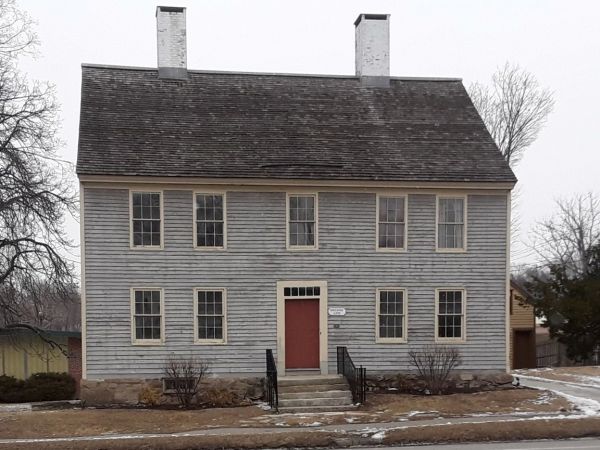
John Rider was a Danbury, CT, carpenter, who also served as a state militia captain during the Revolutionary War. The simple wooden frame house of John and his wife Mary was built in 1785 and was occupied by members of the Rider family until 1925. In 1941, the house was saved from potential destruction through the action of citizens, who formed the Danbury Historical Society and Arts Center.

Lorem ipsum dolor sit amet, consectetur adipiscing elit. Ut elit tellus, luctus nec ullamcorper mattis, pulvinar dapibus leo.
Home Depot Kid's Projects and Activities


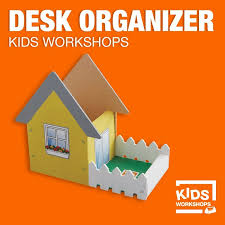
You know grown-ups like to make things and The Home Depot is a favorite place to find the tools and materials that you need. But, did you know they have Project Guides, on-line for kids (with some help from adults) on how to make a fish tank, an Easter Bunny Planter, a window bird feeder and many more. Even more exciting, they have actual “classes” in the store the first Saturday of each month, where they supply a kit with instructions (free of charge) so they can complete a project and take it home! They even get a kid’s size Home Depot work apron. Amazing! What a great way to spend time with your children, or as a Team Leader with a Gatherings.
Please call us at: 1-800-HOME-DEPOT (1-800-466-3337)
